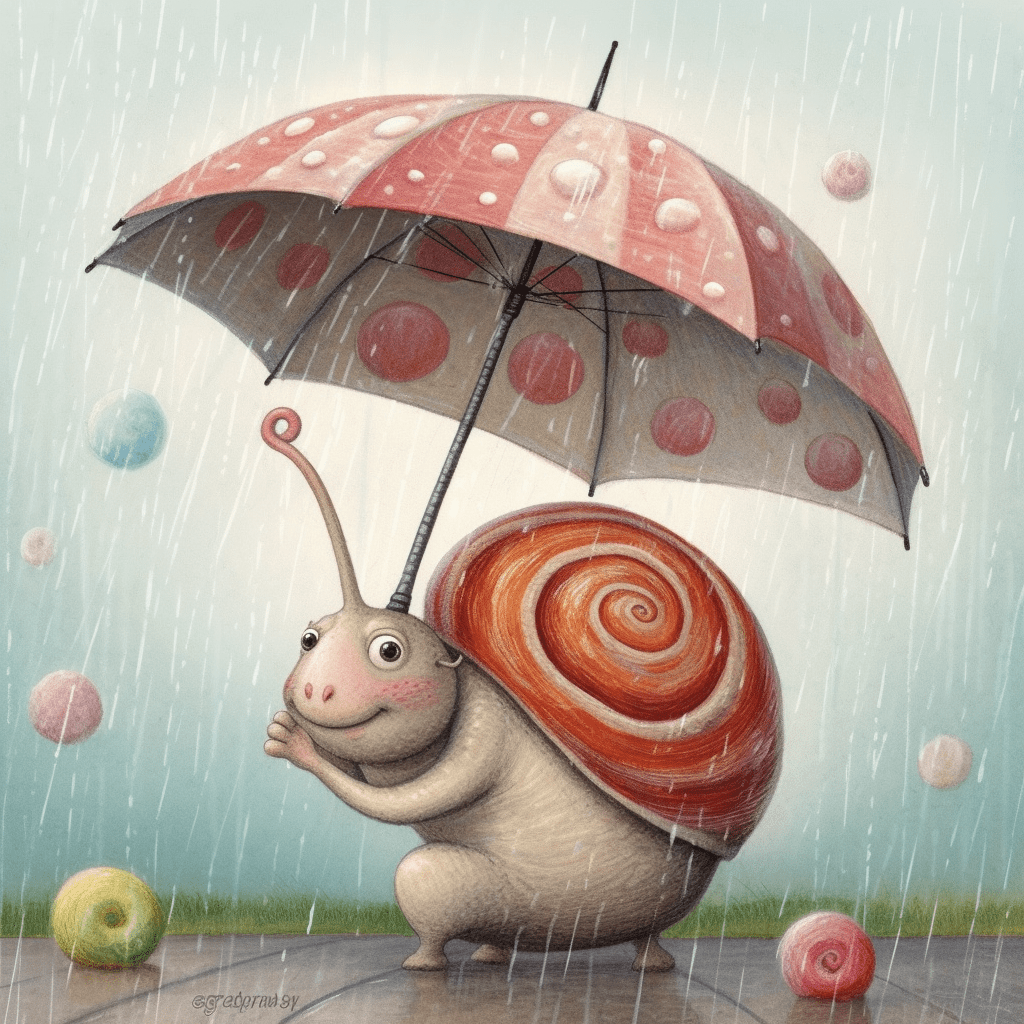NFT generator pads have made it easier than ever for artists to create, mint, and sell their digital art as non-fungible tokens (NFTs). However, with an increasing number of platforms, features, and options, it’s crucial to optimize your NFT generator pad workflow to ensure maximum efficiency and profitability. In this guide, we’ll share some tips and best practices to help you make the most of your NFT generator pad experience.

Choose the right platform for your needs
The first step in optimizing your NFT generator pad workflow is selecting the right platform for your specific needs. There are numerous NFT generator pads available, each catering to different blockchains, art styles, and user preferences. Research the options available and select a platform that aligns with your artistic vision, preferred blockchain, and target audience. Some popular choices include OpenSea, Rarible, and Foundation for Ethereum, and CNFT and SpaceBudz for Cardano.
Prepare your digital art files
Before diving into the NFT creation process, make sure your digital art files are properly formatted and optimized. Most NFT generator pads support common file formats such as JPEG, PNG, GIF, and MP4. Ensure your artwork is of high quality and the file size is within the platform’s limits. Organize your files in a clear and logical manner to make it easier to locate and upload them when needed.
Understand the minting process and fees
Each NFT generator pad has its own minting process and associated fees. Familiarize yourself with the specific steps, requirements, and costs involved in minting your NFTs on your chosen platform. Understanding the gas fees, transaction costs, and any platform-specific charges will help you plan your workflow and budget accordingly.
Customize your NFT metadata

Metadata is the information associated with your NFT, such as the name, description, and attributes. Take the time to carefully craft your metadata, as it plays a crucial role in how your NFT is perceived and valued by potential buyers. Use clear, concise, and engaging language to describe your artwork, and include relevant keywords to improve visibility in search results.
Promote your NFTs on social media
Once your NFTs are minted and listed for sale, it’s essential to actively promote them on social media platforms. Share your creations on Twitter, Instagram, Facebook, and other relevant channels to reach a wider audience and attract potential buyers. Engage with the NFT community by participating in discussions, joining relevant groups, and collaborating with other artists. Building a strong online presence will help increase your NFT’s visibility and ultimately boost your sales.
Monitor and analyze your NFT sales
To optimize your NFT generator pad workflow, it’s essential to keep track of your sales and analyze the data to identify patterns and trends. Use analytics tools to monitor your NFT listings, sales, and engagement metrics. This information will help you refine your strategy, adjust your pricing, and improve your overall workflow to maximize your revenue.
Stay up-to-date with industry trends and developments
The NFT market is constantly evolving, with new platforms, features, and trends emerging regularly. Staying informed about the latest developments in the NFT ecosystem will help you adapt your workflow and maintain a competitive edge. Follow industry news, participate in NFT-focused forums, and network with other artists and collectors to stay ahead of the curve.
Continuously improve and innovate
Finally, always be open to learning and improving your NFT generator pad workflow. Experiment with new art styles, techniques, and platforms to discover what works best for you and your audience. Listen to feedback from your collectors and the NFT community, and use this information to refine your approach and grow as an artist in the digital realm.
In Summary

Optimizing your NFT generator pad workflow involves choosing the right platform, preparing your digital art files, understanding the minting process, customizing your metadata, promoting your NFTs, monitoring your sales, staying up-to-date with industry trends, and continuously improving your strategy. By following these best practices, you can make the most of your NFT generator pad experience, streamline your workflow, and increase your chances of success in the rapidly evolving world of non-fungible tokens.
